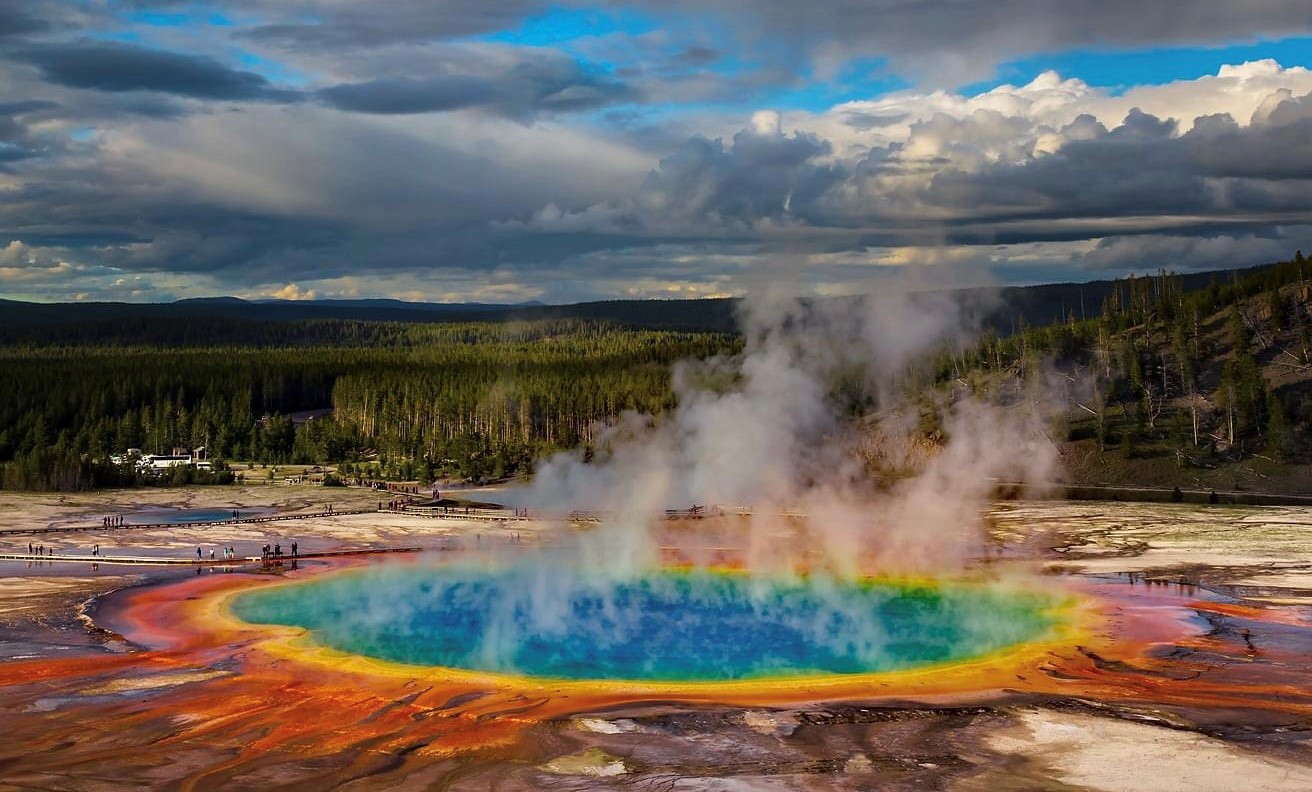
Grand Prismatic Spring
The Grand Prismatic Spring is one of the most iconic thermal features in Yellowstone National Park’s vast thermal system. The vibrant colors you see above are created by the bacteria that inhabit the water and form the bacterial mats that surround the spring. The colors do vary based on the heat of the water flowing from the spring. At 370ft wide and 112ft deep, Grand Prismatic Spring is the park’s largest and deepest hot spring. It’s also considered by many to be the most beautiful thermal feature in the park.

Trail Info – Easy to Moderate
There are essentially two ways to see Grand Prismatic Spring, the first way is via the boardwalk and the other is from the designated hiking trail. As with many of the thermal areas in Yellowstone, I advise folks to follow and obey are signage. Hydrothermal water can severely burn you, stay on boardwalks or designated trails, never run, push or shove, supervise small children at all times, and most importantly do your part with conservation and do not scratch (walk-on) the hydrothermal mats.
The Boardwalk is the easiest way to see the Grand Prismatic Spring, however depending on when you arrive and the temperature of the day, the hot spring itself can put off a lot of steam into the air making seeing things from the Boardwalk a bit more challenging, it is steal a great way to view. However if you want to see the spring from the viewpoint above, I would recommend heading down the road a bit to the Fairy Falls Trailhead parking lot and then take the short hike to the Grand Prismatic viewing area, this hike has less than 200′ of elevation change, but is well worth the time and energy spent.
 Download KMZ Trailhead File
Download KMZ Trailhead File
Click Here to download the Google Earth KMZ file for this trailhead.
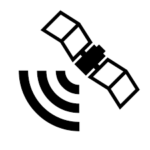 GPS Coordinates & Elevation
GPS Coordinates & Elevation
44°31’24.9″N 110°50’24.7″W | 7,450 Ft. Elevation
 Google Maps View
Google Maps View
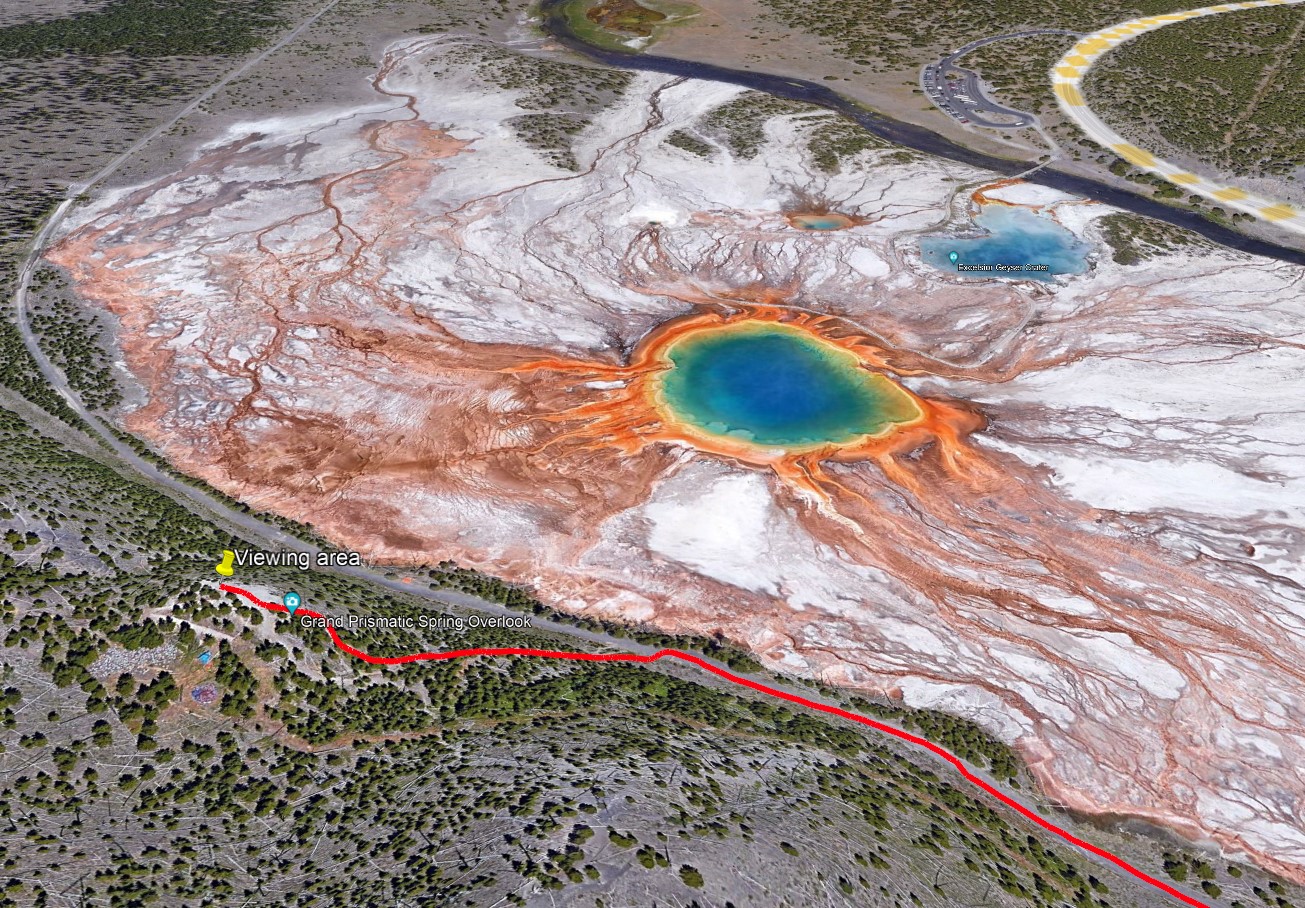
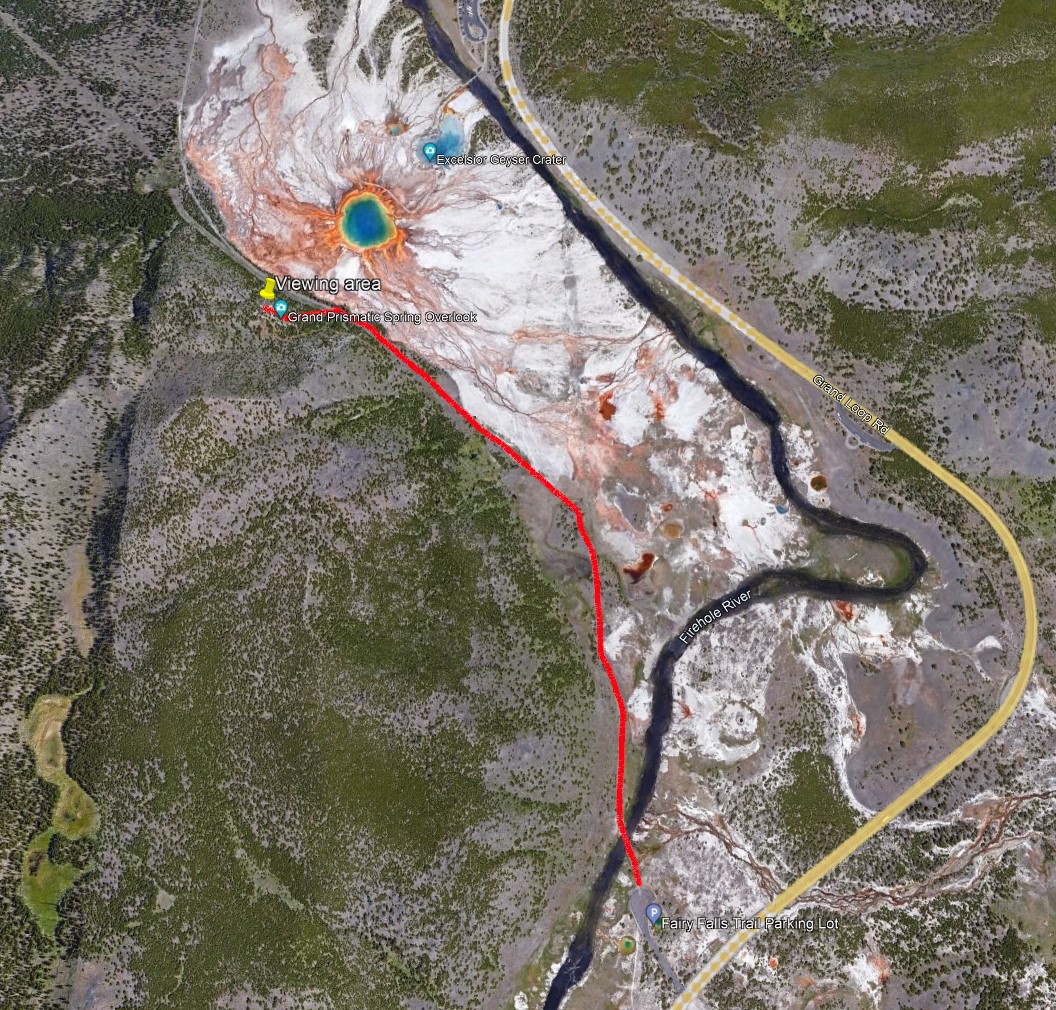
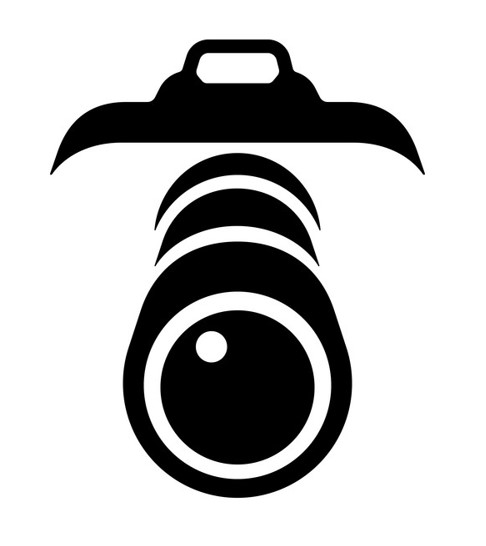 Photographers
Photographers
I get asked often by folks that would like to be able to capture photos similar to what I am capturing. The most common questions are “What Time of Day” or “What Time of Year”. At Grand Prismatic Spring you can visit the Grand Prismatic anytime as long as the roads are open and accessible. Generally this is from June through the first of November, that the roads to the Grand Prismatic Spring are open to the public, if entering from the West Entrance (mid-April). As I mentioned earlier about the temperature. If the ambient temperatures dip below 60 degrees, the hot water from Grand Prismatic Spring creates a surface steam which will cover the beautiful hot spring, if there is a wind blowing it may keep that steam moving, but both could prevent you from getting good photographs.
However, if I were to pick a specific time of day, my advice would be mid-morning through the afternoon. The sun shining on the spring is essential to capture the more vibrant colors. The next frequent question I get is about lenses. I frequently use a company called borrowlenses.com, were I can rent lenses that a bit more pricey to own, highly recommend them. You can use normal to long telephoto lenses, depending on the composition you are working with. A 50mm lens is enough to capture the entire scene. Medium and Long Telephoto lenses are great for isolating portions of the spring and the bacterial mats that surround the spring for abstract compositions and or to emphasize the coloring.
